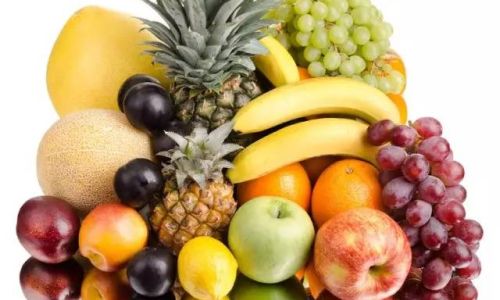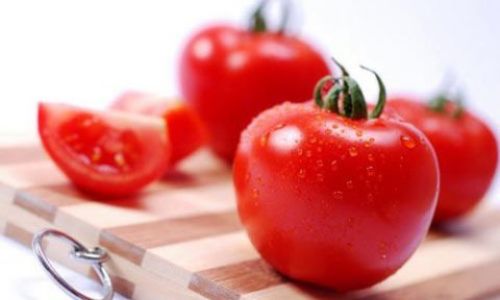Table of content
Introduction
In the vast world of culinary delights, fresh fruits stand out as nature’s sweetest and most nutritious gifts. They offer a burst of flavors, vibrant colors, and essential vitamins and minerals that are vital for maintaining good health. However, with the plethora of options available in markets and grocery stores, identifying truly delicious and fresh fruit can sometimes be a challenging task. This comprehensive guide aims to equip you with the knowledge and skills necessary to discern the best fruits from the rest, ensuring that every bite you take is a delightful and nutritious experience.
Understanding Fruit Ripeness
One of the fundamental aspects of selecting delicious and fresh fruit is understanding its ripeness. Different fruits have unique indicators of ripeness, and recognizing these can greatly enhance your fruit-buying experience.
Color as an Indicator
For many fruits, color is a reliable indicator of ripeness. For example, bananas transition from green to yellow as they ripen, with spots developing as they reach peak ripeness. Similarly, apples and pears often change from green to shades of red, yellow, or orange when they are ready to eat. However, it’s important to note that some varieties, like certain apples, remain green even when fully ripe. Therefore, it’s essential to consider other factors alongside color.
Feel and Firmness
The feel of a fruit can provide valuable insights into its ripeness. Generally, ripe fruits should yield slightly to gentle pressure without being overly soft or mushy. Avocados, peaches, and nectarines are prime examples where firmness is a crucial factor. An unripe avocado will feel hard, while an overripe one will be too soft and may have brown spots inside. Conversely, firm but slightly yielding peaches indicate optimal ripeness.
Aroma
The aroma of a fruit can also be a telltale sign of its freshness and ripeness. Many fruits, such as melons, mangoes, and pineapples, develop a distinct, sweet smell as they ripen. While some people may find this aroma intoxicating, it’s a clear sign that the fruit is at its prime for eating.

Stem and Leaf Attachment
For fruits like strawberries and cherries, the stem and leaf attachment can offer clues about freshness. Freshly picked fruits will have green, sturdy stems attached. If the stem is brown, dry, or missing, it’s likely that the fruit has been on the shelf for too long.
Internal Examination
When possible, cutting into a fruit can provide the most definitive judgment of its quality. For instance, checking the flesh of a watermelon by tapping it (a hollow sound indicates ripeness) or cutting a small window on the bottom can reveal its juiciness and sweetness. However, this method is not always practical or feasible, especially with smaller fruits or those that are not meant to be cut open before purchase.
Seasonal Selection
Another critical factor in choosing delicious and fresh fruit is its seasonal availability. Fruits that are in season are typically more flavorful, juicy, and nutritious than those that are out of season or imported from distant lands.
Spring Fruits
Spring brings a bounty of fresh berries, such as strawberries, blueberries, and raspberries. These fruits are not only delicious but also packed with antioxidants and vitamins. Citrus fruits like oranges and lemons are also abundant in spring, offering a refreshing burst of Vitamin C.
Summer Fruits
Summer is the peak season for tropical fruits like mangoes, pineapples, and papayas. These fruits thrive in warm climates and are at their best during the hottest months. Additionally, stone fruits such as peaches, nectarines, plums, and apricots are at their peak in summer, offering a sweet and juicy treat.
Autumn Fruits
Autumn brings apples, pears, and quinces into their prime. These fruits are often sweeter and more flavorful after the cooler nights of fall. Grapes, particularly wine grapes, also reach their peak in autumn, making this the perfect time to enjoy a variety of grape-based products.
Winter Fruits
Winter fruits may be less abundant, but they offer their own unique flavors. Citrus fruits like tangerines and grapefruits are in season during the colder months, providing a vital source of Vitamin C to boost immunity. Pomegranates and persimmons are also winter favorites, offering a sweet and tangy taste that warms the soul.

Organic vs. Conventionally Grown
The debate on organic versus conventionally grown fruits often arises when discussing fruit quality. While organic fruits are free from synthetic pesticides and fertilizers, conventionally grown fruits may have higher yields and be more affordable.
Nutritional Benefits
Some studies suggest that organic fruits may contain higher levels of certain nutrients, such as antioxidants and vitamins, due to their healthier soil and growing practices. However, the nutritional differences between organic and conventionally grown fruits are often minimal, and both can provide essential nutrients.
Pesticide Residue
A significant concern with conventionally grown fruits is pesticide residue. While strict regulations ensure that these residues are within safe limits, some consumers prefer to avoid them altogether by choosing organic options.
Taste and Texture
Many people claim that organic fruits taste better due to their natural growing conditions and lack of chemical interventions. While this may be true for some fruits, taste is highly subjective, and many people find conventionally grown fruits equally delicious.
Conclusion
Identifying delicious and fresh fruit is a skill that can greatly enhance your culinary enjoyment and nutritional intake. By understanding the indicators of ripeness, selecting fruits that are in season, and considering whether organic or conventionally grown options best suit your needs, you can ensure that every fruit you choose is a delightful and nutritious treat. Remember, the key to selecting the best fruits lies in a combination of observation, touch, smell, and sometimes, a bit of experimentation. Happy fruit hunting!





0 comments